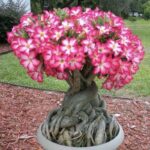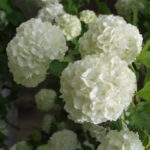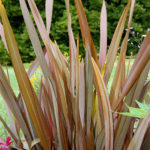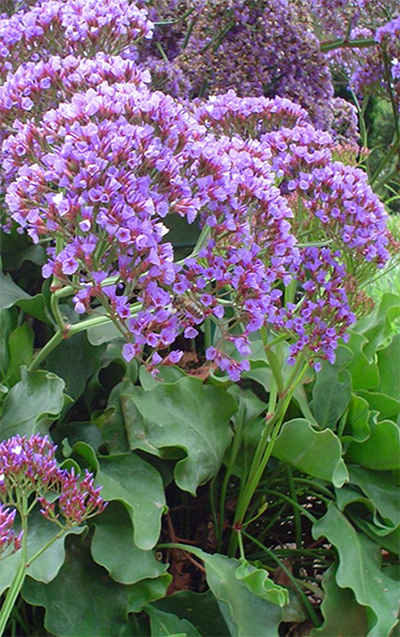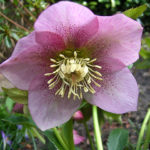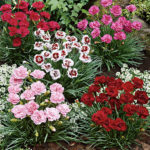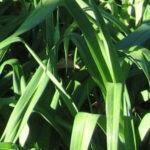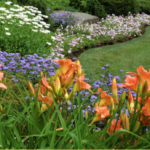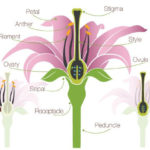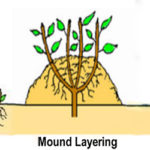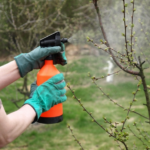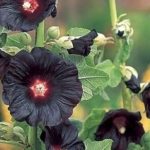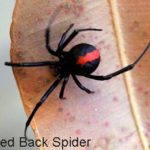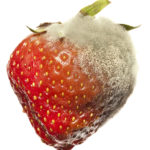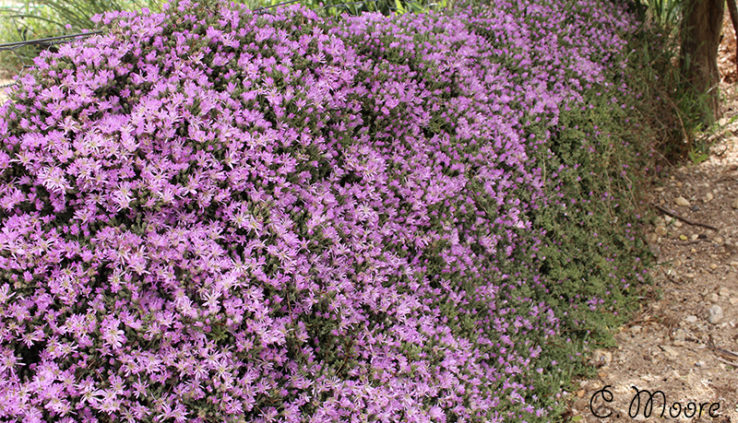
Growing Caring Rosea Ice Plant
Rosea Ice Plant Or Drosanthemum Floribundum How I Grow It
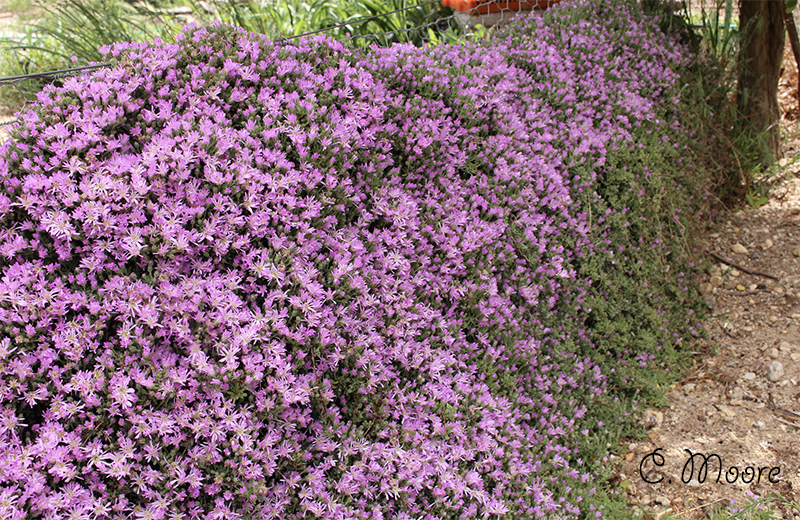
Drosanthemum Floribundum is a spreading succulent belonging to the family Aizoaceae. When in bloom, this plant puts on a big show that gives the illusion of a pink or purple blanket on the ground. The dense mat forming groundcover forms a smothering mass of tiny daisy like flowers along the stems of this low creeping plant. This plant has a woody stem and fleshy leaves which are cylindrical in shape. The plant grows to a height of only 4-6 inches and can spread 3-6 feet wide forming a good weed suppressant. The Rosea Ice plant is tolerant to heat and salt and is ideal for rock gardens, pool sides and as good replace for grass in lawns. As they are drought tolerant, they can be used for xeriscaping. These perennials form a good evergreen ground cover. Avoid planting them in areas with foot traffic, as the leaves do not withstand trampling. Blooming occurs during late spring or during early summer. Right now and for the past year or so I have been training my pink Rosea Ice Plant to grow up and along a chicken wire fence.
Growing conditions
This is how you grow Rosea Ice Plant for best results. This plant, which is a native of South Africa, needs full sun and little to moderate watering for survival. During summer, they may need regular watering in hot dry districts that receive miserable amounts of rain. Allow the soil to become dry between successive watering. Otherwise, excessive watering can cause rot. While these tough plants can tolerate poor soil conditions. You need to plant them at least 18 inches apart to provide enough space for spreading. They can grow well on steep slopes and are an excellent choice to prevent soil erosion. They can resist fire and planting them in defensive space is advised. The flowers eventually dwindle and die out on their own after weeks and weeks of solid flowering so there is no need to deadhead them.
Planting
To plant Rosea Ice plant, make wide holes in the garden bed. Make sure that the hole is not deep. Gently plant in holes without damaging the root ball, at planting level with the garden soil. Fill the hole with soil and water the soil. When the plant becomes older and flower production decreases. It is better to replace the plants after a few years to ensure a spectacular display of flowers.
Feeding
The plant can produce flowers for longer periods without any fertiliser application. If needed, use a cactus fertiliser with lower nitrogen content or diluted liquid plant food can help with good growing results. Read the directions on the label to see how much and how often you need to apply and feed. It never hurts to use, a little bit of rotted horse or chicken manures or composts worked into the ground to give the ground a bit of a lift. This will help give new plants a comfortable starting performance.
Propagation
This succulent plant can be propagated using small cuttings from the stem. For best propagation results make sure that the stem cutting is dried for a few days before planting them. After the cutting is allowed to dry for a few days, plant them in well-drained moist potting soil or compost. It is better to place the planted pots in a warm area.
- To propagate using seeds, sow the seeds in pots or trays containing a mixture of compost and sand during warm climate.
- Sprinkle the seeds on the surface of soil and water it.
- Cover the pot with a polythene sheet and keep it in a warm shady place for germination.
- When the seedlings are large enough, transplant them to the pot or garden bed.
Pests and diseases
Overwatering of the plant will cause soft or dark brown patches near the base of the plant. The water mould fungi can cause infections of the root and can kill the plant. So take special care to avoid water stagnation near the roots. Remove any damaged parts of the plant and use an organic fungicide to treat the infection. Avoid excessive watering in winter.


